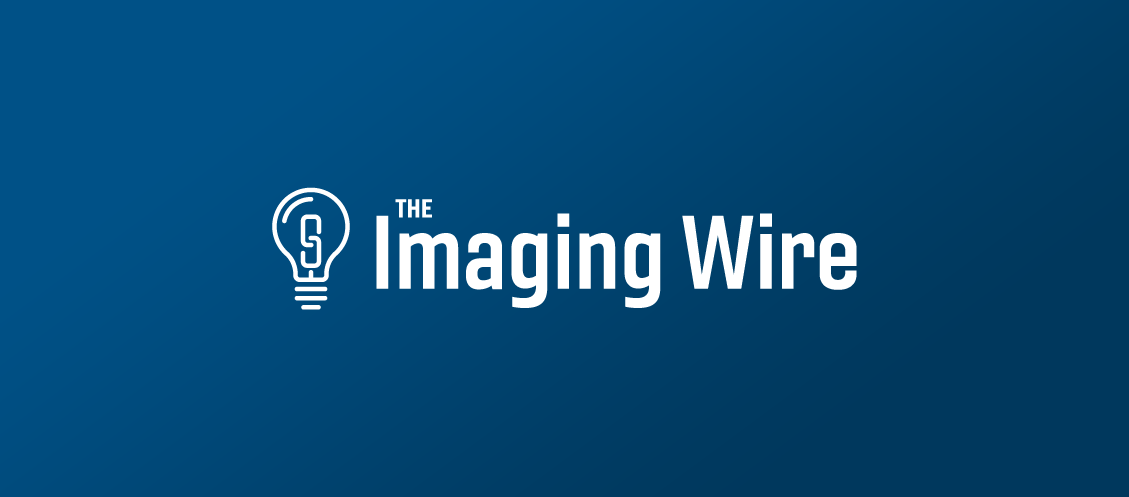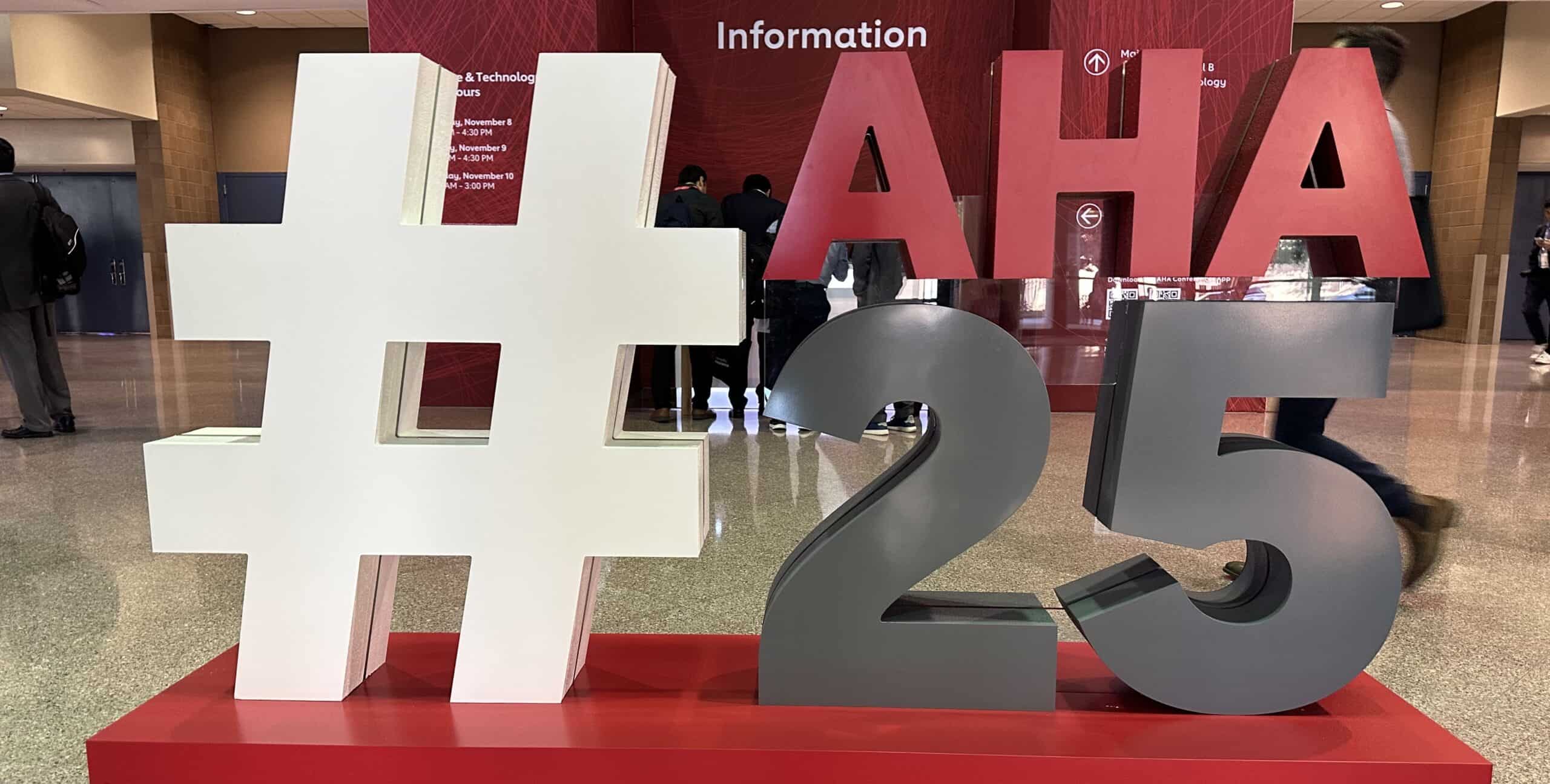The rising volume of medical imaging studies isn’t just a data point. It’s causing moral distress among radiologists and is a major systemic cause of the specialty’s burnout epidemic.
Radiology’s problem with burnout is no secret, with a recent analysis disclosing that 54% of all radiologists identify as burned out. Studies have found that a cause of burnout can be moral distress, defined within healthcare as when a clinician knows the right course of action for a patient, but is prevented from taking it due to systemic factors.
In a March 22 study in American Journal of Roentgenology, researchers describe findings from a survey of 93 radiologists on their feelings of moral distress in different clinical scenarios and the impact it had on their careers. In short:
- 98% reported some degree of moral distress
- 48% thought the COVID-19 pandemic influenced their moral distress
- 28% considered leaving their jobs
- 18% actually did leave a job
Several factors contribute to moral distress in radiology:
- Case volumes that are higher than can be read safely
- Higher case volumes that prevent resident teaching
- A lack of action and support among administration
These latter issues lead to burnout in specific ways, the authors wrote. Institutional constraints to providing high-quality care can prompt physicians to spend more time at work. Error rates can also grow during shifts with high study volumes or that last longer than 10 hours. And orders for unnecessary imaging exams can be seen as disregard for professional expertise.
The Takeaway
This study rips the Band-Aid off the burnout problem in radiology, pointing out that inexorably rising imaging volumes rather than bad bosses or lazy colleagues are a root cause, one that’s been exacerbated by the COVID-19 pandemic.
A further implication is that no amount of “self-care” – often prescribed as a solution for burnout – will cure the problem in the long run as long as radiologists will have ever-growing worklists to return to after their sabbaticals and motivational staff meetings. The researchers recommended “urgent action” to address the issue.





